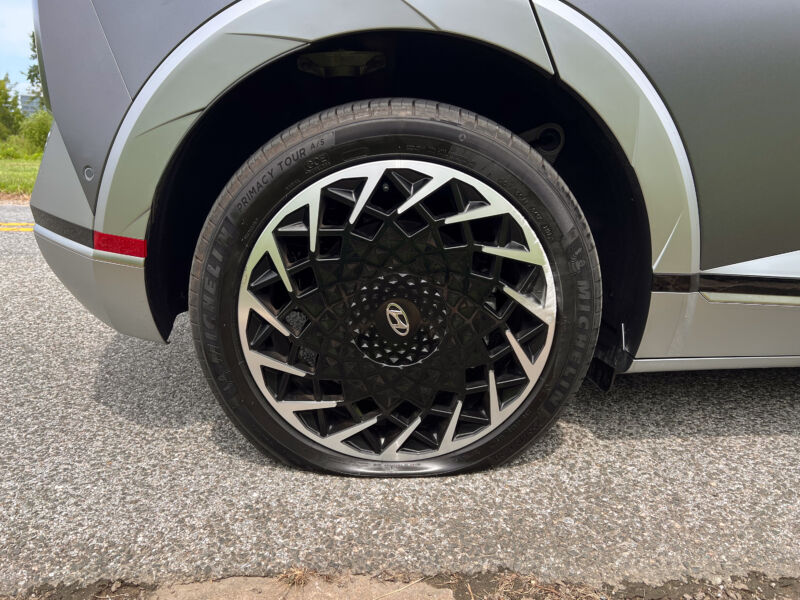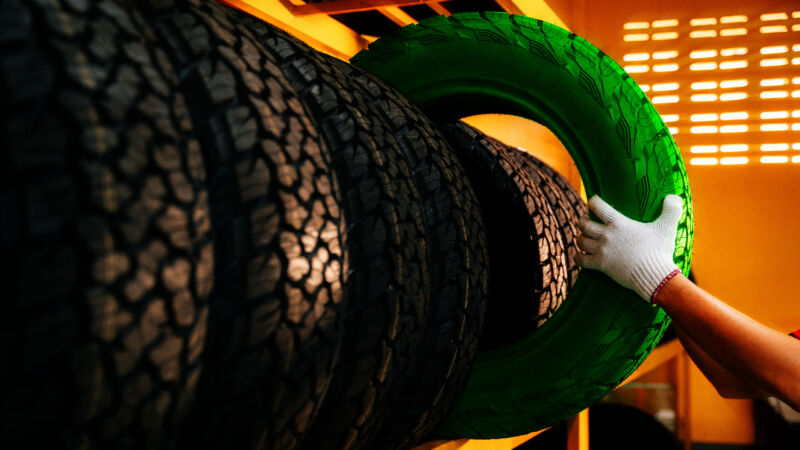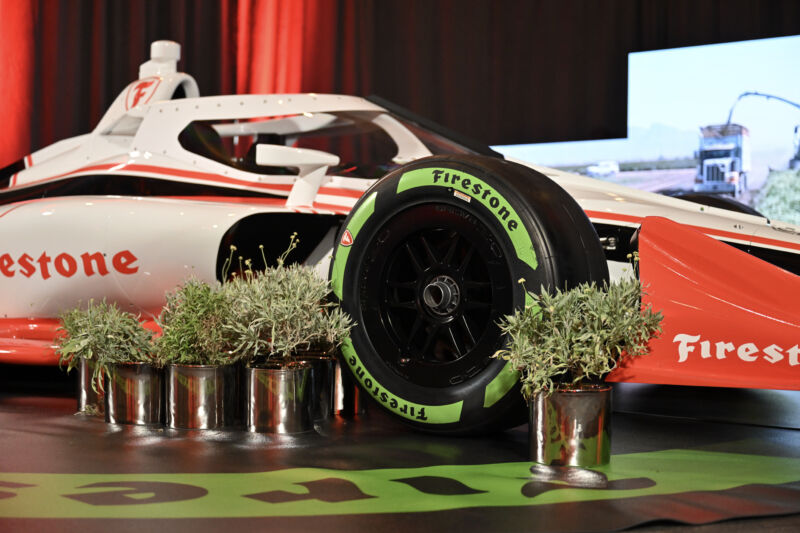-
 chevron_right
chevron_right
F1’s pursuit of sustainability drives Pirelli to unveil forest-friendly tires
news.movim.eu / ArsTechnica · Tuesday, 19 March - 17:10 · 1 minute

Enlarge / You'll notice the Forest Stewardship Council's logo on the sidewall to the right of the Pirelli logo. (credit: Pirelli)
Formula 1 is on a big sustainability kick. The race cars are switching to carbon neutral synthetic fuels . Teams are improving their logistics to cut freight emissions . Race tracks are starting to run entirely on solar power . And now, the tires that Pirelli brings to the races have been given the seal of approval by an NGO as meeting its standards for sustainable forestry.
It will be hard to spot when the cars are moving, but this year, you'll find a tree logo on the sidewall. That indicates that the natural rubber that went into making the tire has been certified by the Forest Stewardship Council. Natural rubber makes up about 15 percent of the rubber in an F1 tire, with the rest being synthetic.
According to the FSC, natural rubber is a key driver of deforestry, as well as human rights abuses, particularly among the smallholders who farm 85 percent of the world's natural rubber. By putting its logo on the tire, the FSC says that Pirelli has met "the world's most credible standards for sustainable forestry," protecting both the forests and the forest communities' rights, including fair wages.




